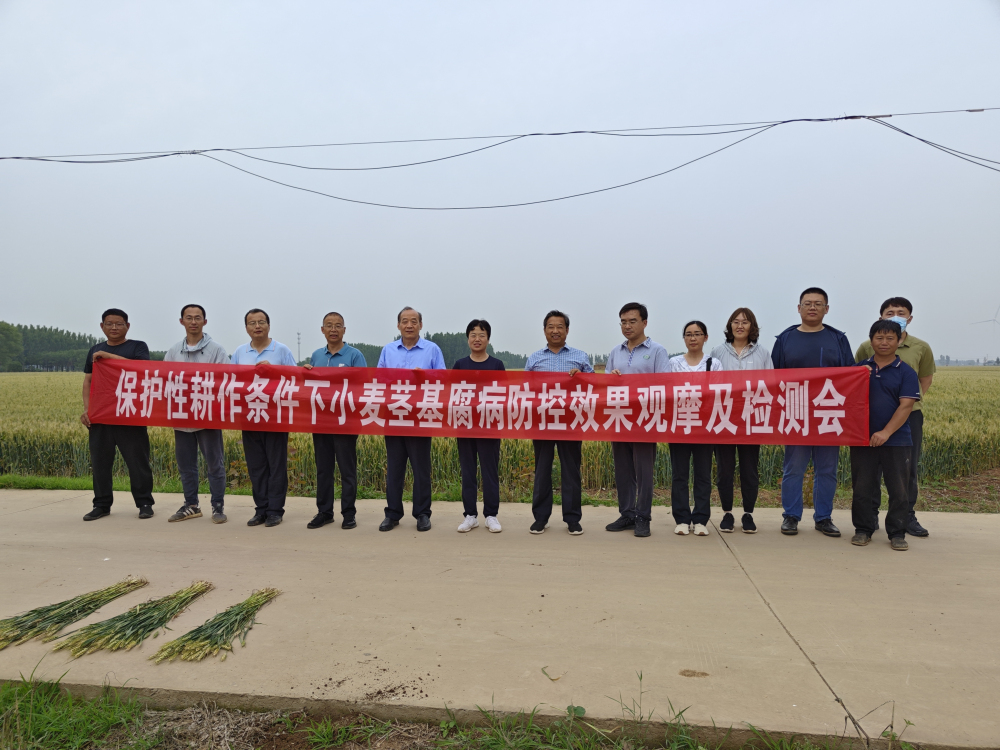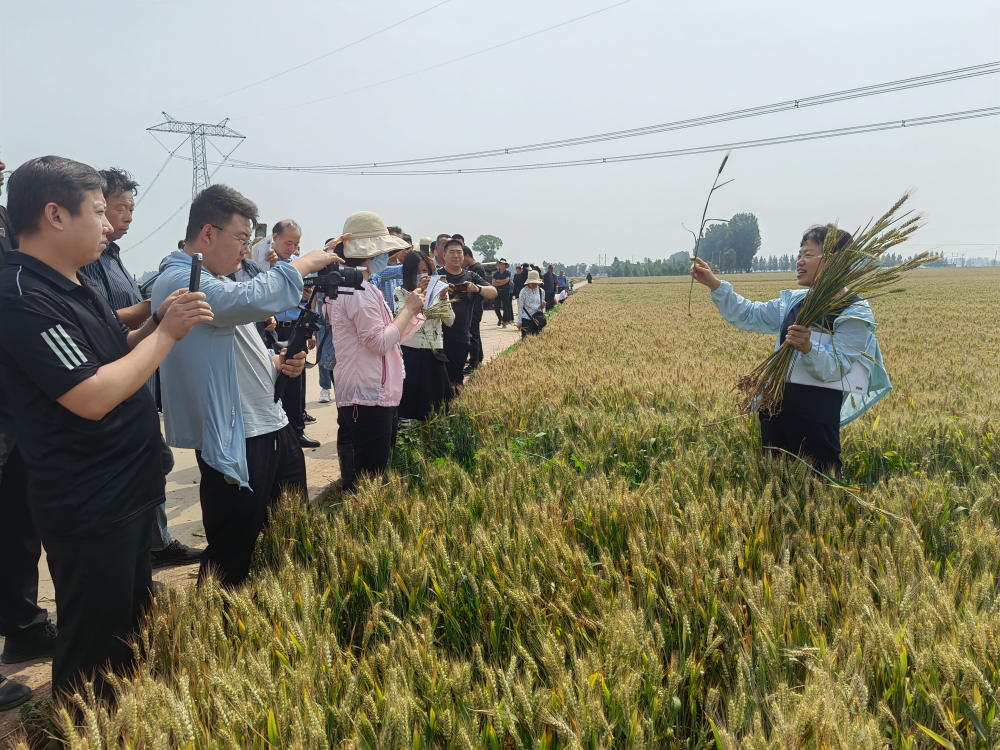wheat stem rot is a new disease caused by conservation tillage conditions, which causes stem death or white spikes, seriously affecting yield and is known as the "cancer" of wheat. in 2022, the china association for science and technology listed "why has the wheat stem rot disease erupted in major wheat producing areas in china in recent years, and how can it be scientifically and effectively prevented and controlled?" as one of the top 10 industrial and technological challenges in china. this disease was first discovered in guantao county in our province in 2012. it is currently prevalent in the wheat corn double cropping area in the central and southern regions, becoming an important winter wheat disease in our province. in 2021, it was included in the second category list of crop diseases and pests in hebei province.

the occurrence of wheat stem rot disease is becoming increasingly severe under protective tillage conditions, and the disease is characterized by infection during seedling stage and obvious symptoms during spike stage, which can be prevented but not treated. however, farmers and grain growers are lack of knowledge in disease identification, damage characteristics, and scientific management. the experimental demonstration effect of the "green key prevention and control techniques for wheat stem rot under protective tillage conditions" project was tested in the field on may 31th 2023.

according to experts' on-site detection, the incidence rate of wheat stalk rot was significantly reduced after deep ploughing after corn harvest, which was 68.9% more effective than rotary tillage. the incidence rate of stem base rot was also significantly reduced after seed dressing. the expert team believes that both deep plowing and seed mixing prevention and control techniques have significant control effects, and are key effective measures for preventing and controlling wheat stem rot.
(source from www.hebnky.com)